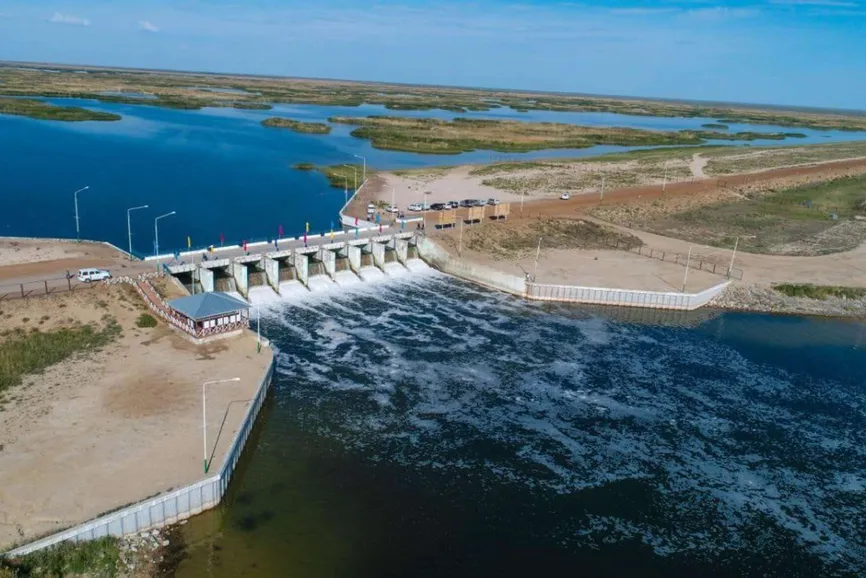The water level in the Aral Sea increased by almost half a meter, QazMonitor reports.
The Akimat of Kyzylorda quoted experts as saying that the rise took place over five months. Since October 2022, the sea level has risen to 40.90 mBS or 48 centimeters, and the volume of water collected was measured to be 19.7 billion cubic meters.
Zeinulla Kaztoganov, acting Head of the Aral-Syrdarya Basin Inspection, said, for the past years, the volume of water collected in the Northern Aral Sea had fallen from 27 to 18.5 billion cubic meters, and the water level to 40.42 mBS (meter of the Baltic system).
One of the main reasons is the increase in water flowing into the Aral Sea. To compare: the volume of water entering the Aral Sea was 816 million cubic meters last year while the number already has reached 803 million cubic meters in the first two months of 2023.
Despite delivering a huge blow to the Central Asian energy and road infrastructure, heavy snowfalls and abnormal frosts this winter give Kazakh and Uzbek scientists hope in terms of Aral Sea restoration.
The water levels in the Shardara reservoir have recovered to some degree. The rise in the basin had already caused flooding of the Small Aral, with the area receiving about 980 cubic meters per second.
Experts say the volume will rise even further in the spring when the snow melts – which will also improve biodiversity.
Vadim Sokolov, Director of the International Fund for Saving the Aral Sea in Uzbekistan, said to Khabar 24:
"The inflow in the Syr Darya is more stable than in the Amu Darya. That's why the fish has practically recovered there. There were about 30 species of fish, 20 of which were commercial varieties, before. Today, in the northern part, there are about 14 species that are of importance to fisheries.”
For now, Uzbekistan and Kazakhstan are working together to preserve the Northern Aral, since it is seen as the only way to save the western part of the sea.
“The Kokaral Dam can't hold this water, so they have to release it downstream. When this water gets into the central part, it evaporates,” explained Sokolov.
“Today we are working with our Kazakh colleagues to ensure that the excess water that will appear in the future will be directed towards the Western Aral, which is, unfortunately, still degrading.”
So far it is impossible to restore the Aral Sea completely, scientists say. But if the situation in the northern part of the sea improves, it will have a positive effect on its western part.
